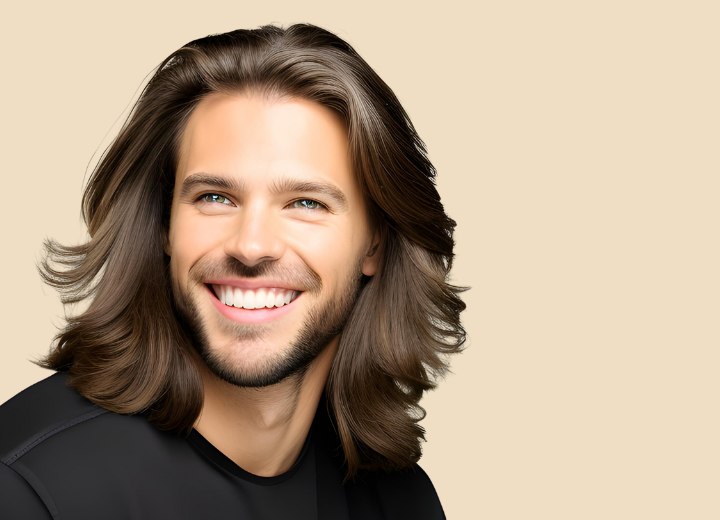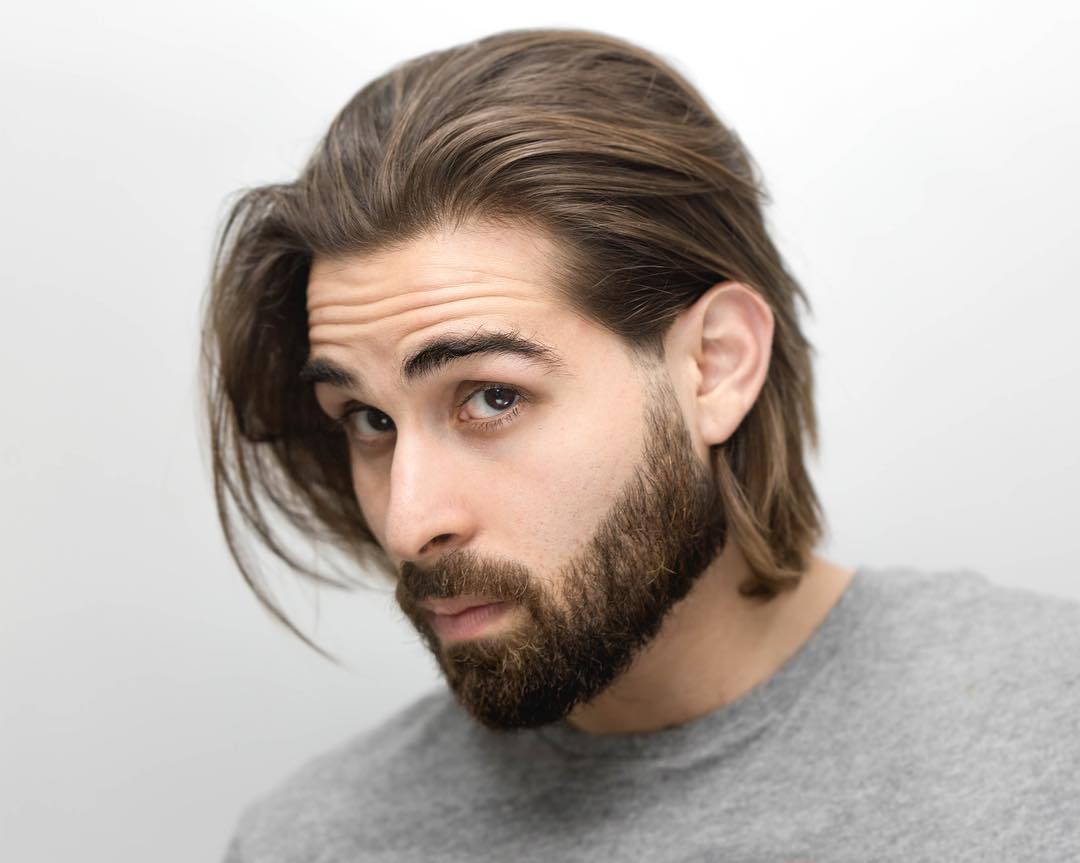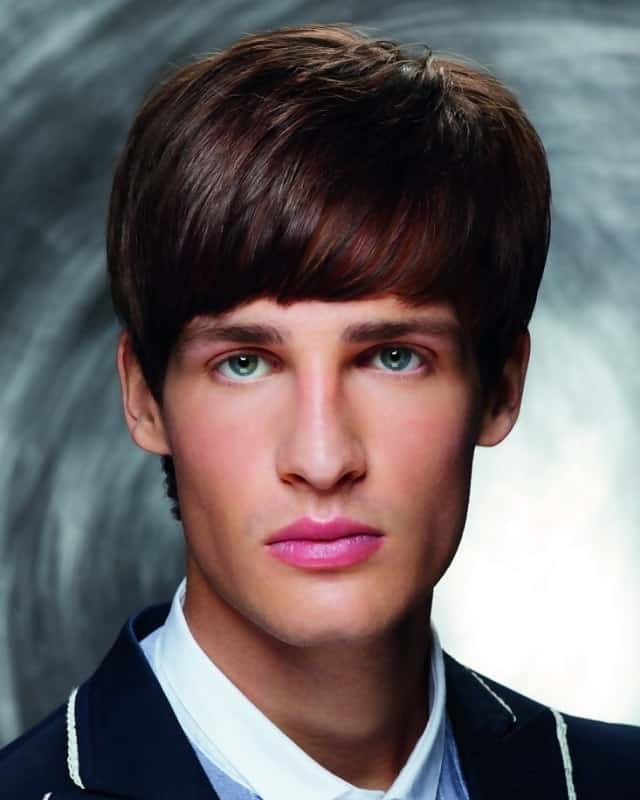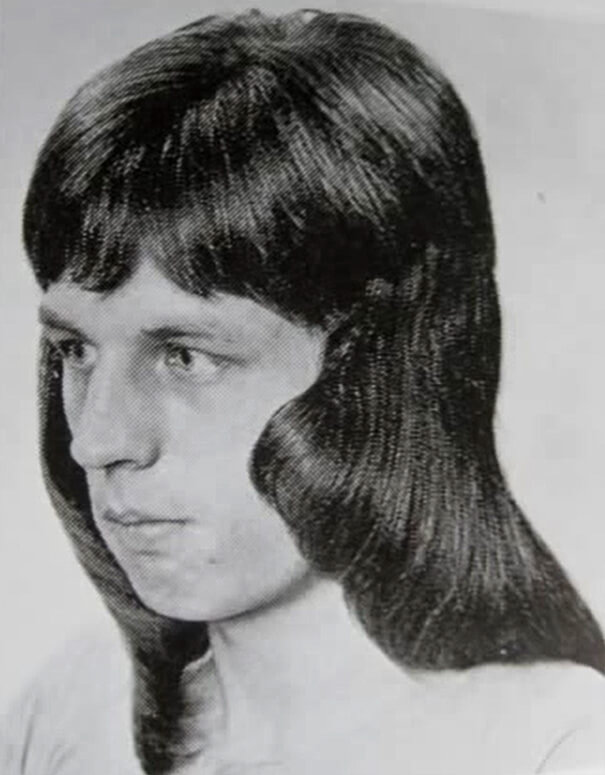Real Info About Why Did Men Grow Their Hair Longer In The 1960s Prom Hairstyles For Natural Curly Bangs

From 1624, louis xiii supported the use of the peruke or.
Why did men grow their hair longer in the 1960s. A few years later they went all hippie, influencing men to grow their hair and sparking the trend for facial hair. In the 1960s, long hair on men simply wasn't in fashion from the viewpoint of the older generation. Cher, along with the entire hippie generation, wore their hair long and straight with a center part.
When the english rock bands became popular in the late 60's, hair started getting longer. The thing that started longer hair was at first, the surfer look but it wasn't that long. Beginning with the beatniks and hippies—names given to those who rejected the established customs of society in the 1950s and 1960s—and spreading quickly.
Long hair comes and goes as a european male fashion throughout the middle ages and renaissance. There were all lengths of hair for all ages. Men’s hairstyle trends of the 1940sheld steady through the 1950s and even into the 1960s.
The beatles’ long hair became a trend, and many young men began growing their hair longer, a rebellion against conservative values and a reflection of. The beatles influence on men’s hair started in the early 1960s with their shaggy “moptop” style. Here are a few possible explanations:
In general, men tended to have longer hair in the 70's and later. Beginning with the beatniks and hippies—names given to those who rejected the established customs of society in the 1950s and 1960s—and spreading quickly. The 1960s were a decade of radical change, reflected vividly in men’s fashion with the emergence of styles that challenged traditional norms and embraced.
It wasn't permitted in public school in the 60's in most areas. Beginning with the beatniks and hippies — names given to those who rejected the established customs of society in the 1950s and 1960s — and spreading quickly. People would have reacted the same way if some people had started going.
The rugged and slightly overgrown look was a preview as to what was to come. The long hair of the 60’s continues into the early 1970’s. They did not, however, leave the ’60s unscathed.
In the 1960s, men began to grow their hair longer as a symbol of rebellion and counterculture. In the 1960s, men began to grow their hair longer for a variety of reasons, including cultural and social influences. The longer hair was seen as a rejection of traditional norms and an.
How and why was this settled on as a. The sleek business side part grew longer, shaggier, and bangs began to fall into a man’s face.
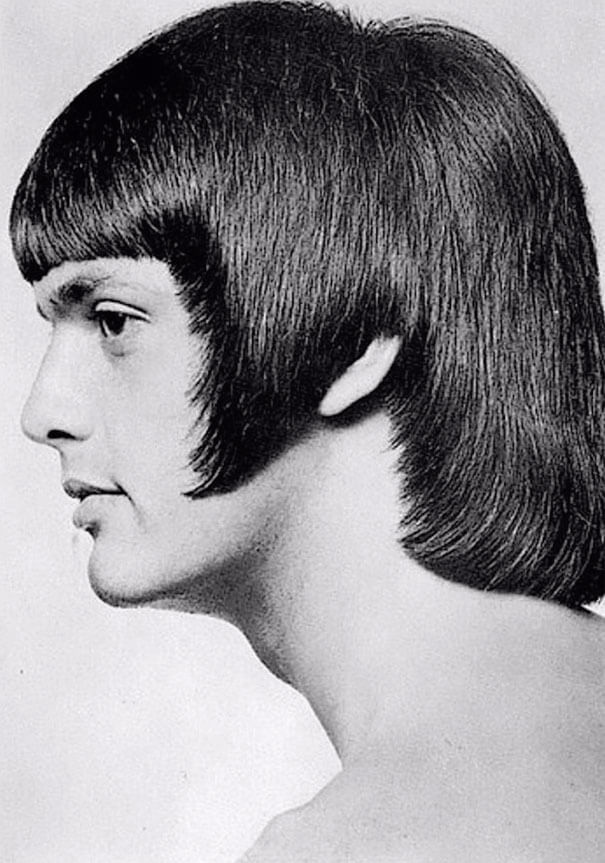






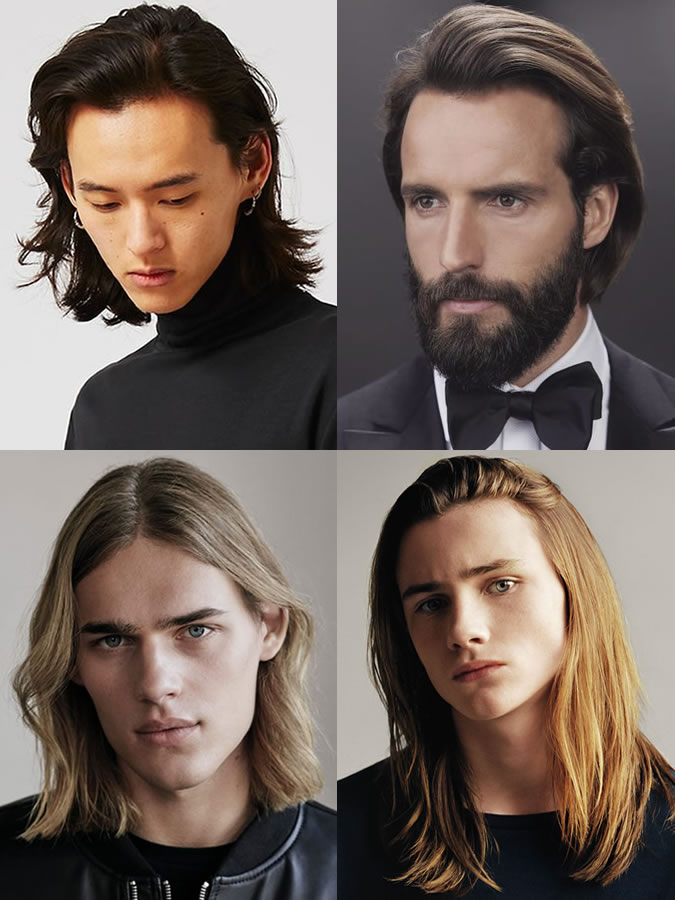
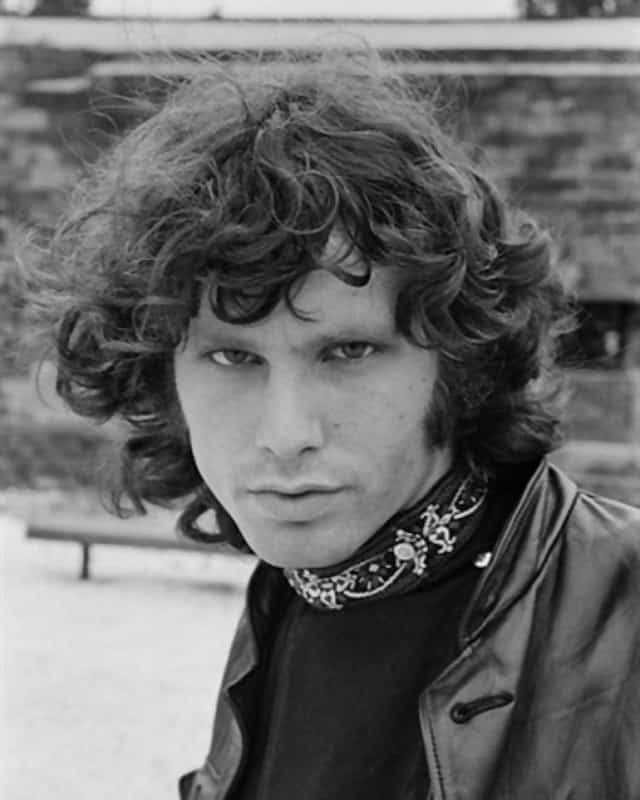
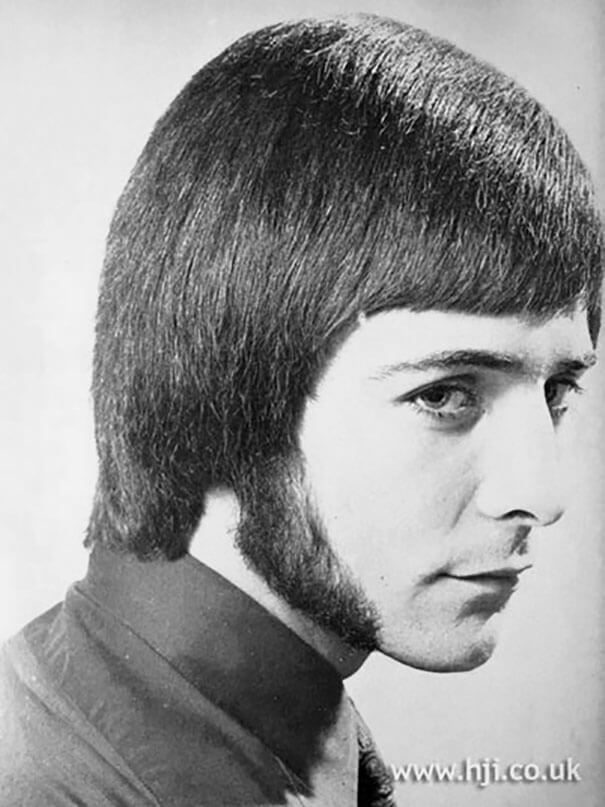
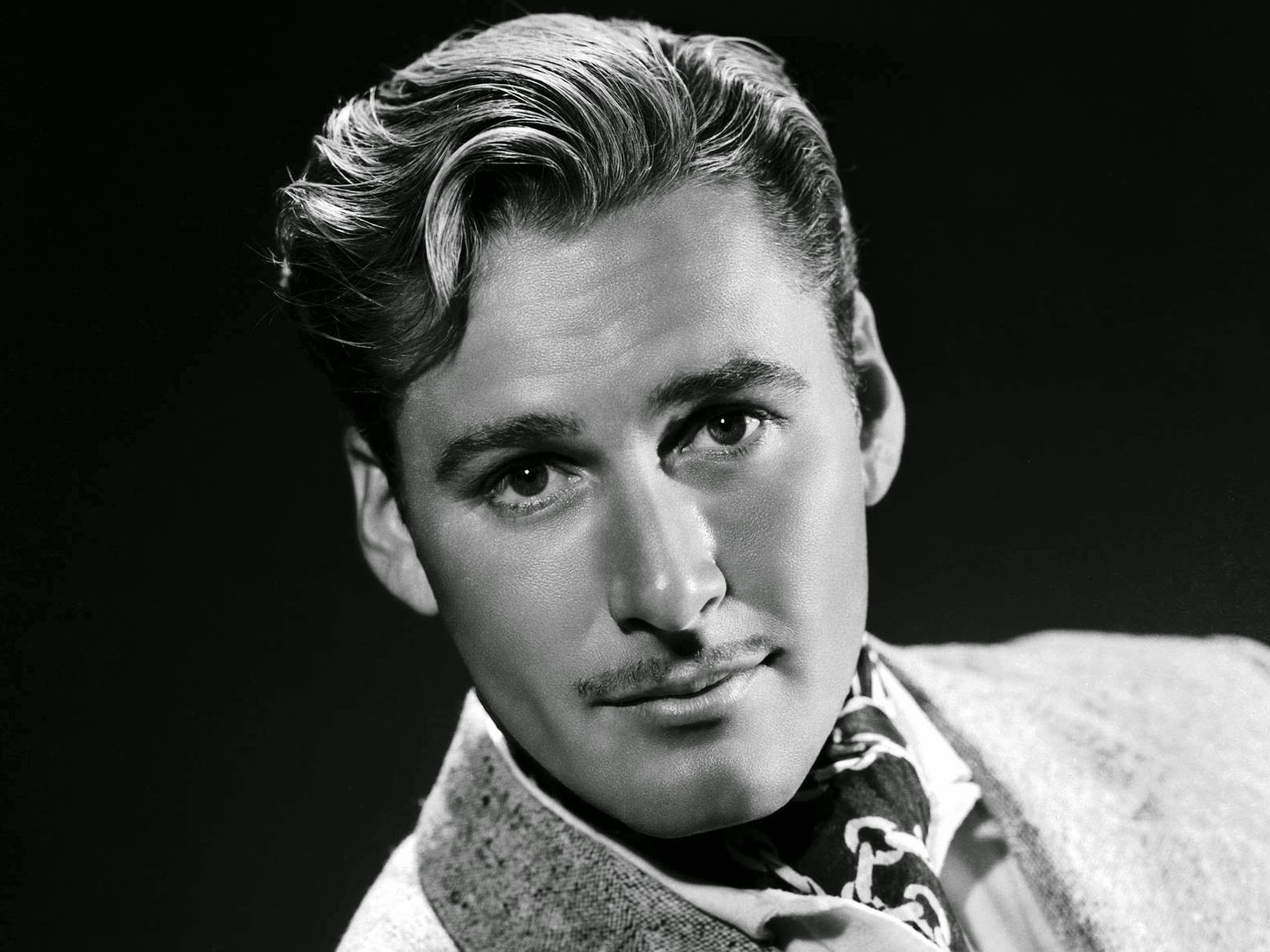
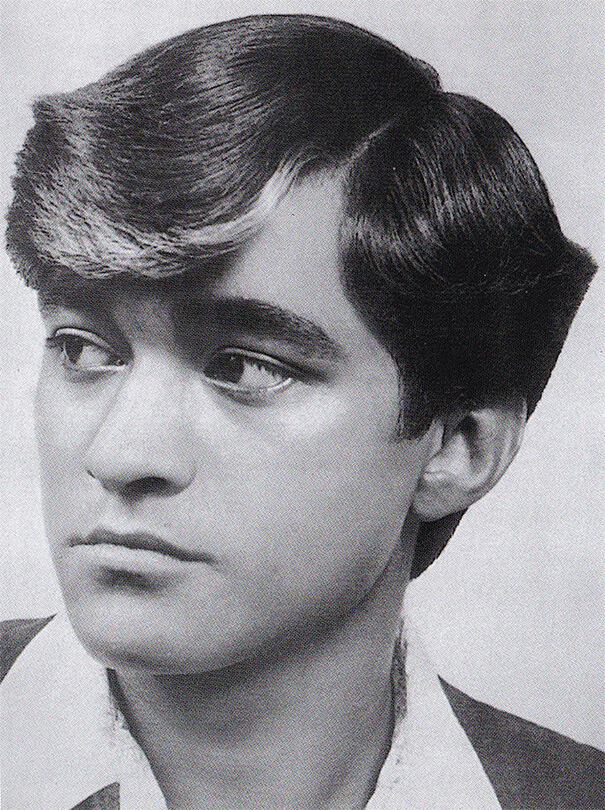



![1960s Hairstyles for Men —[some] still on trend today VAGA magazine](https://vagazine.com/vaga_v3/wp-content/uploads/2023/01/comparison_of_60s_mens_hairstyles_ivy_league_haircut-2.png)

